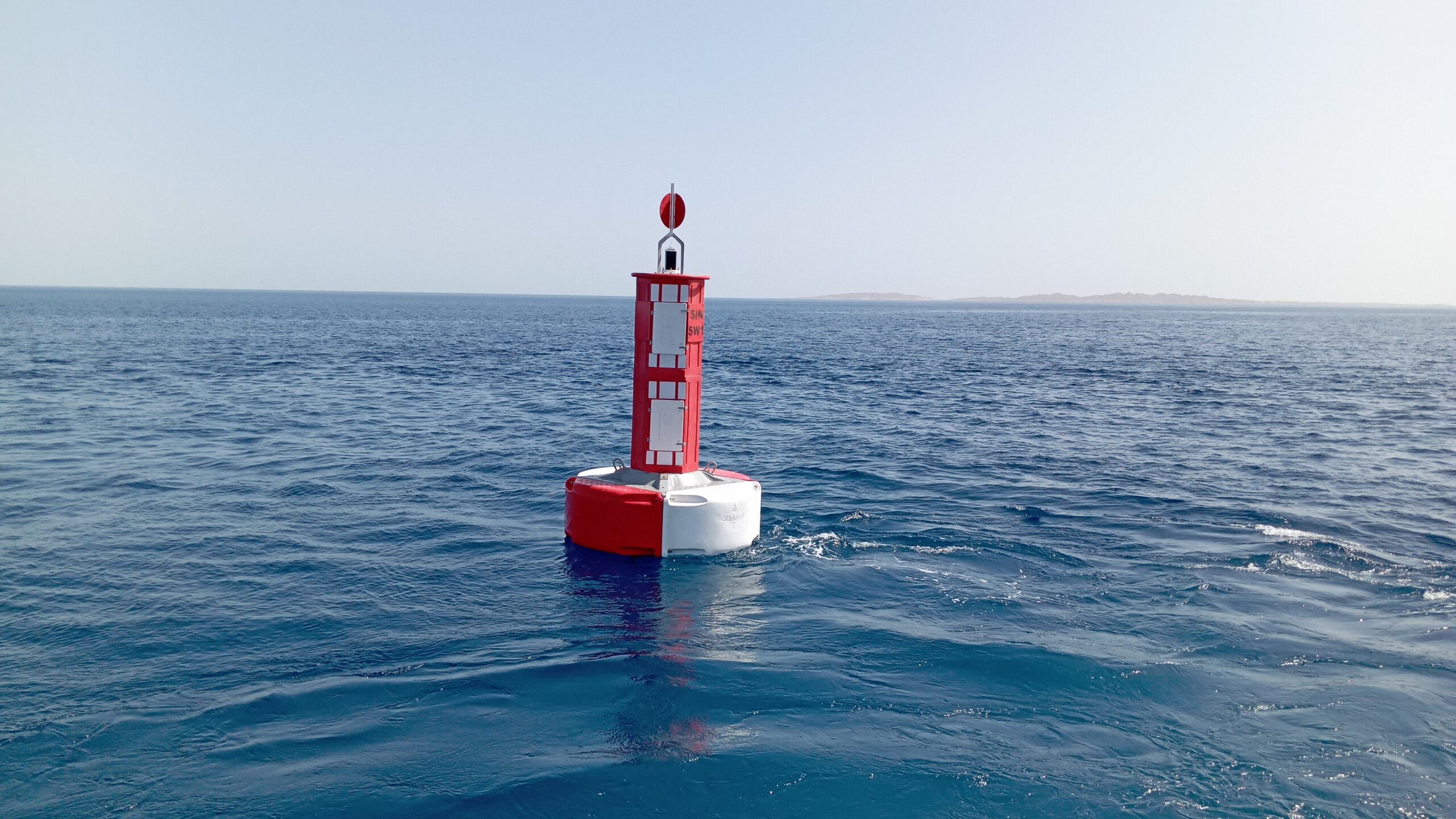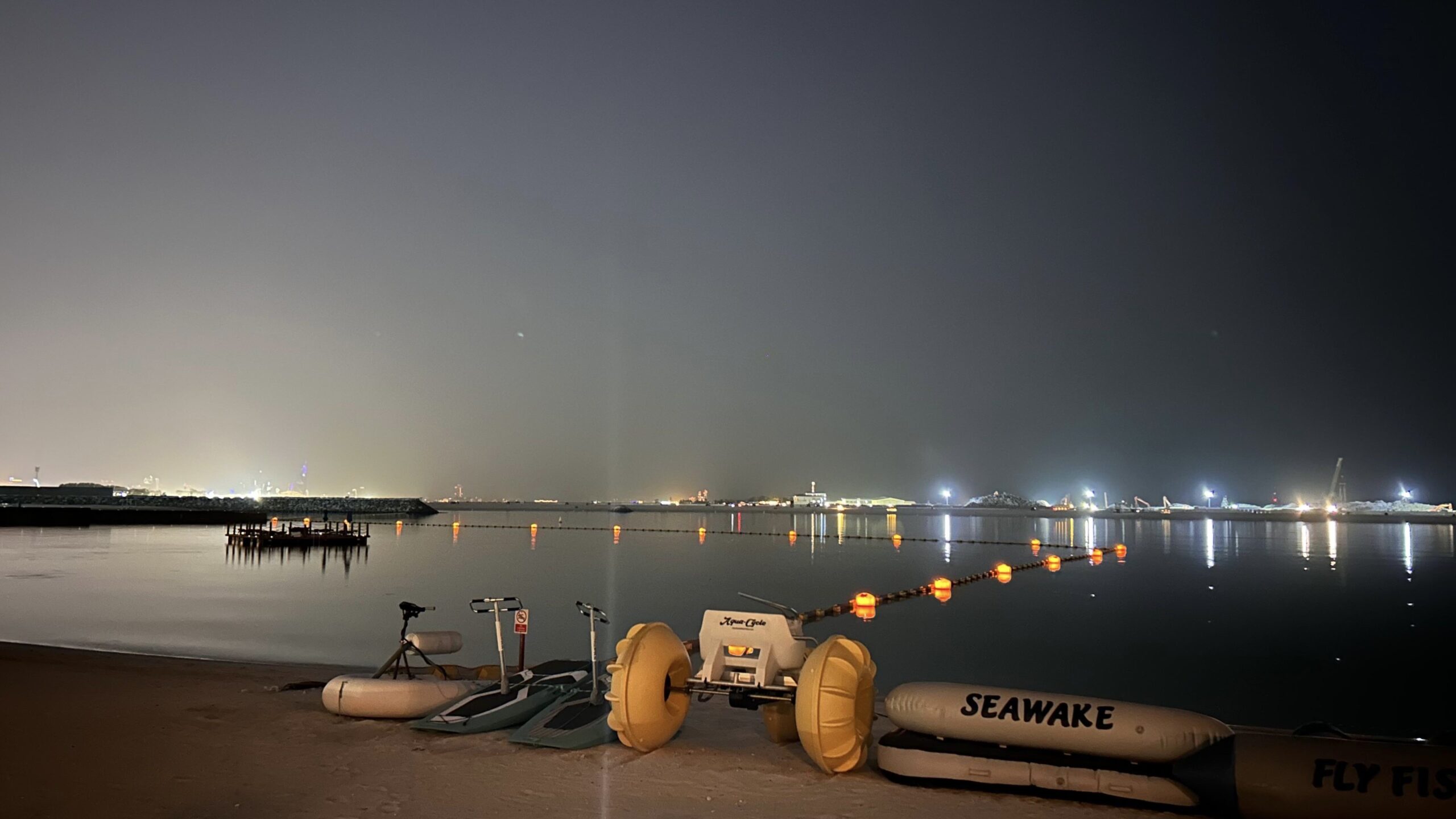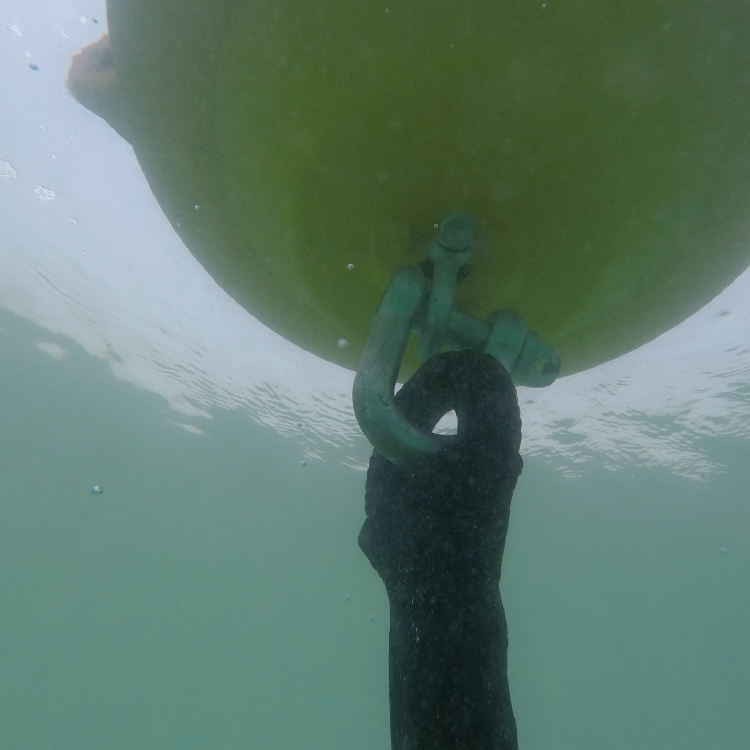
1,211,910 Meters OF MARINE BARRIERS AND COUNTING LIVE
For marine pollution control, coastal and shoreline protection to effectively address environmental concerns
View All ProductsFor the protection of critical infrastructure and other high-security areas
View All ProductsFor marine pollution control, coastal and shoreline protection to effectively address environmental concerns
View All ProductsFor the protection of critical infrastructure and other high-security areas
View All Products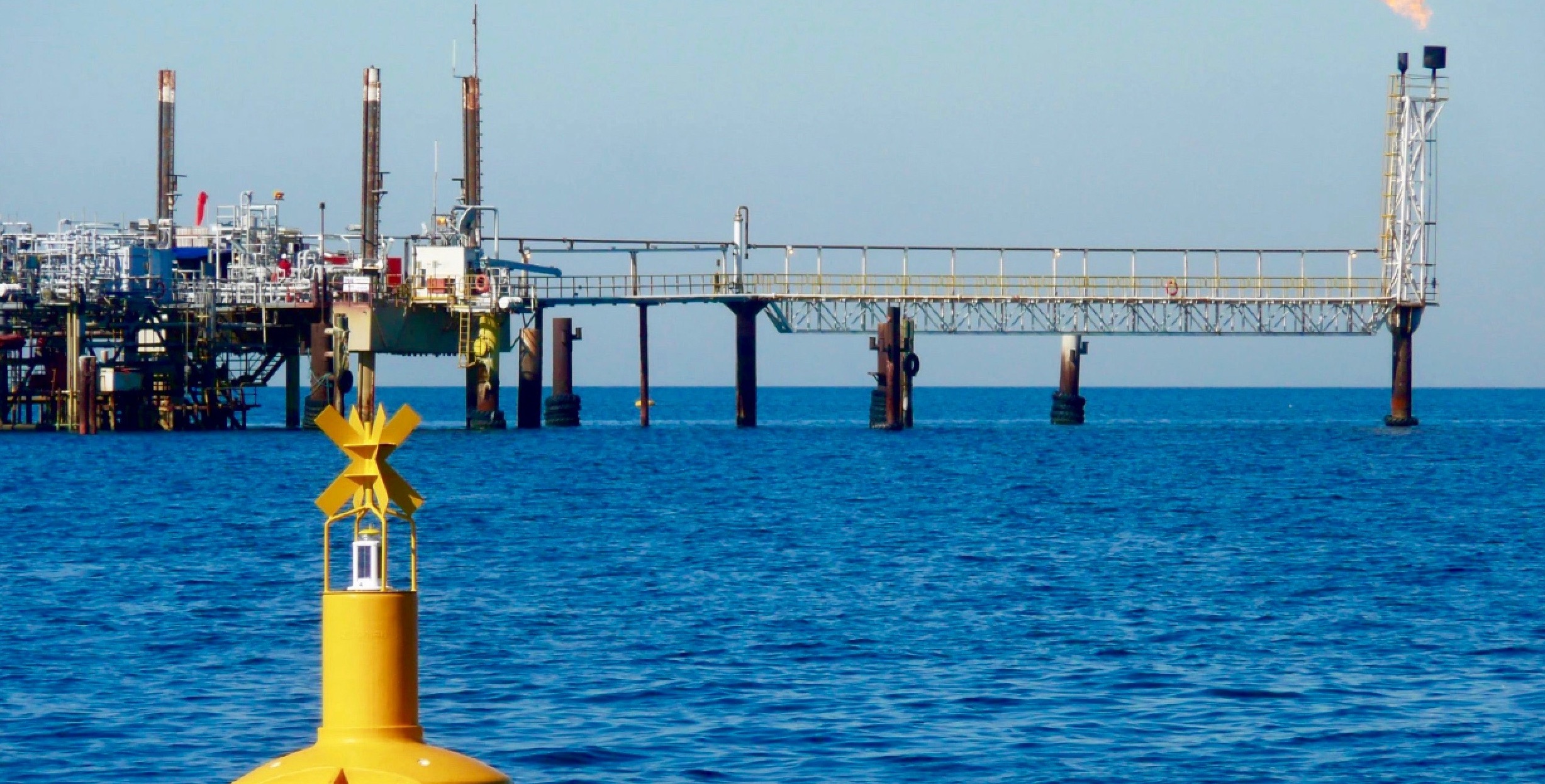

Being in the market since 1860, GISMAN benefits from extensive experience in the design and supply of floating Aids to Navigation (AtoN) solutions for the marine and river industry. In the early 1990s, GISMAN was acknowledged as the pioneering designer and manufacturer of modular plastic navigational buoys with rotational molding polyethylene (PE) float. However, GISMAN also won many major contracts for buoys 100% made of steel, allowing us to give an objective comparison between the two major technologies: plastic and steel buoys for (semi-)exposed, open sea and offshore environments.
As a side note, a plastic buoy is defined as a floating aid with at least the hull being constructed of a plastic material, as per IALA guideline no. 1006 dated December 2008 on Plastic Buoys.
A comparison:
| Plastic | Steel | |
| Location | ⇒High exposure to UV rays will speed up the ageing process of plastic parts. Color fastness within IALA chromaticity standards can be guaranteed for years, if virgin material & high-quality PE pigments are used in the manufacturing process.
⇒PE can expand and contract with temperature variations, however, this should be taken into consideration during the design phase. |
⇒High exposure to UV rays will speed up the ageing process of painted parts. Blasting & painting operations onshore will need to be scheduled more often.
⇒An increase of temperature by 10 degrees Celsius can speed up twice the oxidation on steel material. Important to keep in mind for regions such as the Middle East. |
| Installation | Reduced lifting capacity. Less servicing vessels for deployment. No coating equipment. |
Heavy lifting facilities. More servicing vessels. Coating equipment. |
| Maintenance | ⇒Corrosion inspection on steel central structure, only in case of hybrid buoy.
⇒Small maintenance operations on the deck of the service vessel. |
⇒Corrosion inspection key, as buoys are made of 100% steel.
⇒Onshore maintenance, grit blasting & painting operations. |
| Collisions & Damages | Hull impact resistance is provided by the thickness of the float. Float filling with expanded polystyrene or polyurethane foam ensures the buoy keeps its buoyancy, even when damaged. The modularity of polyethylene float, made of 2 or 4 quadrants, provides an additional advantage & is easily interchangeable. | Steel float provides good impact resistance. Watertight segmentation of the buoy body is costly and makes the buoy heavier. When the steel float is ripped, the entire buoy may sink & be replaced. |
| Storage | Reduced surface storage area, as large plastic floats are from modular design. | Significantly more surface storage area. |
| Environmental Impact | ⇒Less maintenance, less control visits.
⇒Modular design & reduced weight of PE buoys imply less servicing vessels & fuel consumption. ⇒Low & high-density PE is 100% recyclable, provided that any metallic components (in the case of hybrid buoy) and impurities like marine growth are removed beforehand. |
⇒More intensive maintenance, more visits.
⇒Heavier weight & more servicing vessels imply more fuel consumption. ⇒Coating equipment necessary. ⇒Steel recycling process is well established. |
Some of the latest discussions on LinkedIn with regard to this topic, unfortunately, do not take into account there are now new models of marine buoys in the market, such as modular buoys consisting of 2 to 4 sections that are interchangeable and can easily be removed & replaced, and hybrid buoys with steel central structure and PE float, each offering numerous advantages. The type of foam used is another key differentiating element (EPS versus PU), making a difference in durability, water tightness, buoyancy, and environmental impact, just to name a few.
A more in-depth document with the comparison between both plastic (PE) and steel buoys is available. If PE over Steel is out of your comfort zone, Ecocoast can offer training support, as well as guidance with specifications. Contact our expert sales team today at [email protected] or call +971.4.885 3944.
–
In case you missed some of our previous Aids to Navigation blog posts, check these out:
Goodbye faded buoys, hello GISMAN, master in rotomolding
Moorforce, our advanced mooring calculator, has been launched
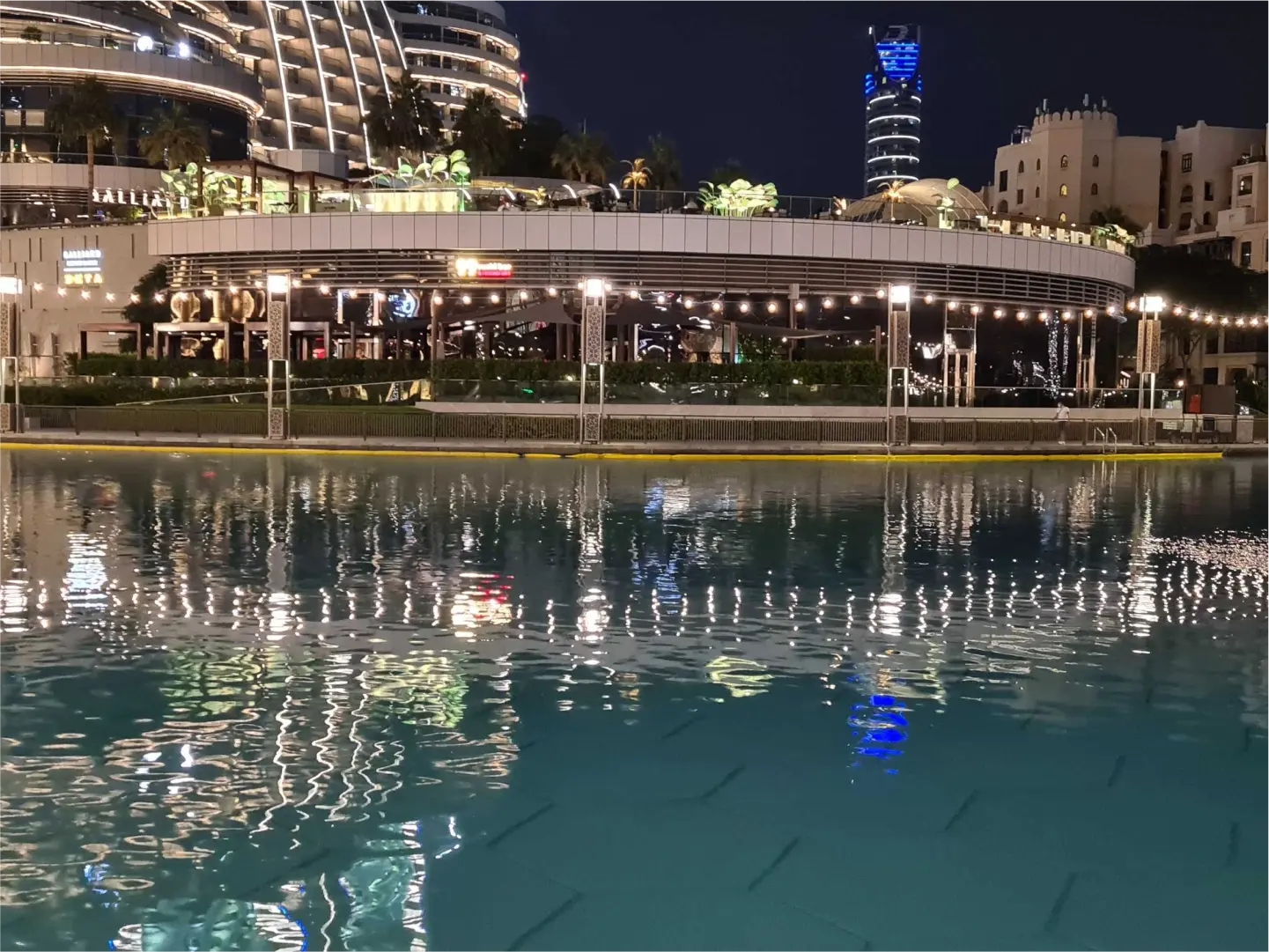


Ecocoast Terms of Website Use
Please read these terms and conditions carefully before using this site
ACCEPTANCE OF THE TERMS OF WEBSITE USE
This terms of use (together with the documents referred to in it) tells you the terms of use on which you may make use of our website www.ecocoast.com (“our site”), whether as a guest or a registered user. Use of our site includes accessing, browsing, or registering to use our site.
Please read these terms of use carefully before you start to use our site, as these will apply to your use of our site. We recommend that you print a copy of this for future reference.
By using our site, you confirm that you accept these terms of use and that you agree to comply with them.
If you do not agree to these terms of use, you must not use our site.
OTHER APPLICABLE TERMS
These terms of use refer to the following additional terms, which also apply to your use of our site:
Our Privacy and Cookie Policy, which sets out the terms on which we process any personal data we collect from you, or that you provide to us, and information about the cookies on our site. By using our site, you consent to such processing and you warrant that all data provided by you is accurate.
INFORMATION ABOUT US
www.ecocoast.com is a site operated by Ecocoast Contracting LLC (“We“). We are registered in Department of Economy and Tourism, Dubai, United Arab Emirates and have our head office at CEO Building, Office 506-507, Dubai Investment Park 1, PO Box 72768, Dubai, United Arab Emirates.
CHANGES TO THESE TERMS
We may revise these terms of use at any time by amending this page.
Please check this page from time to time to take notice of any changes we made, as they are binding on you.
CHANGES TO OUR SITE
We may update our site from time to time, and may change the content at any time. However, please note that any of the content on our site may be out of date at any given time, and we are under no obligation to update it.
We do not guarantee that our site, or any content on it, will be free from errors or omissions.
ACCESSING OUR SITE
Our site is made available free of charge.
We do not guarantee that our site, or any content on it, will always be available or be uninterrupted. Access to our site is permitted on a temporary basis. We may suspend, withdraw, discontinue or change all or any part of our site without notice. We will not be liable to you if for any reason our site is unavailable at any time or for any period.
You are responsible for making all arrangements necessary for you to have access to our site.
You are also responsible for ensuring that all persons who access our site through your internet connection are aware of these terms of use and other applicable terms and conditions, and that they comply with them.
We do not represent that content available on or through our site is available in other locations. We may limit the availability of our site or any service or product described on our site to any person or geographic area at any time.
YOUR ACCOUNT AND PASSWORD
If you choose, or you are provided with, a user identification code, password or any other piece of information as part of our security procedures, you must treat such information as confidential. You must not disclose it to any third party.
We have the right to disable any user identification code or password, whether chosen by you or allocated by us, at any time, if in our reasonable opinion you have failed to comply with any of the provisions of these terms of use.
If you know or suspect that anyone other than you knows your user identification code or password, you must promptly notify us at [email protected].
INTELLECTUAL PROPERTY RIGHTS
We are the owner or the licensee of all intellectual property rights in our site, and in the material published on it. Those works are protected by copyright laws and treaties around the world. All such rights are reserved.
You may print off one copy, and may download extracts, of any page(s) from our site for your personal use and you may draw the attention of others within your organisation to content posted on our site.
You must not modify the paper or digital copies of any materials you have printed off or downloaded in any way, and you must not use any illustrations, photographs, video or audio sequences or any graphics separately from any accompanying text.
Our status (and that of any identified contributors) as the authors of content on our site must always be acknowledged.
You must not use any part of the content on our site for commercial purposes without obtaining a licence to do so from us or our licensors.
If you print off, copy or download any part of our site in breach of these terms of use, your right to use our site will cease immediately and you must, at our option, return or destroy any copies of the materials you have made.
NO RELIANCE ON INFORMATION
The content on our site is provided for general information only. It is not intended to amount to advice on which you should rely. You must obtain professional or specialist advice before taking, or refraining from, any action on the basis of the content on our site.
Although we make reasonable efforts to update the information on our site, we make no representations, warranties or guarantees, whether express or implied, that the content on our site is accurate, complete or up-to-date.
LIMITATION OF OUR LIABILITY
To the extent permitted by law, we exclude all conditions, warranties, representations or other terms which may apply to our site or any content on it, whether express or implied.
We will not be liable to any user for any loss or damage, whether in contract, tort (including negligence), breach of statutory duty, or otherwise, even if foreseeable, arising under or in connection with:
You agree not to use our site for any commercial or business purposes, and we have no liability to you for any loss of profit, loss of business, business interruption, or loss of business opportunity.
We will not be liable for any loss or damage caused by a virus, distributed denial-of-service attack, or other technologically harmful material that may infect your computer equipment, computer programs, data or other proprietary material due to your use of our site or to your downloading of any content on it, or on any website linked to it.
We assume no responsibility for the content of websites linked on our site. Such links should not be interpreted as endorsement by us of those linked websites. We will not be liable for any loss or damage that may arise from your use of them.
UPLOADING CONTENT TO OUR SITE
Whenever you make use of a feature that allows you to upload content to our site, or to make contact with other users of our site, you must comply with the content standards set out in our Acceptable Use Policy.
You warrant that any such contribution does comply with those standards, and you will be liable to us and indemnify us for any breach of that warranty.
Any content you upload to our site will be considered non-confidential and non-proprietary. You retain all of your ownership rights in your content, but you are required to grant us and other users of the Site a limited licence to use, store and copy that content and to distribute and make it available to third parties. The rights you license to us are described in the next paragraph (“Rights you licence”).
We also have the right to disclose your identity to any third party who is claiming that any content posted or uploaded by you to our site constitutes a violation of their intellectual property rights, or of their right to privacy.
We will not be responsible, or liable to any third party, for the content or accuracy of any content posted by you or any other user of our site.
We have the right to remove any posting you make on our site if, in our opinion, your post does not comply with the content standards set out in our Acceptable Use Policy.
The views expressed by other users on our site do not represent our views or values.
You are solely responsible for securing and backing up your content.
VIRUSES
We do not guarantee that our site will be secure or free from bugs or viruses.
You are responsible for configuring your information technology, computer programmes and platform in order to access our site. You should use your own virus protection software.
You must not misuse our site by knowingly introducing viruses, trojans, worms, logic bombs or other material which is malicious or technologically harmful. You must not attempt to gain unauthorised access to our site, the server on which our site is stored or any server, computer or database connected to our site. You must not attack our site via a denial-of-service attack or a distributed denial-of service attack. We will report any such breach to the relevant law enforcement authorities and we will co-operate with those authorities by disclosing your identity to them. In the event of such a breach, your right to use our site will cease immediately.
LINKING TO OUR SITE
You may link to our home page, provided you do so in a way that is fair and legal and does not damage our reputation or take advantage of it.
You must not establish a link in such a way as to suggest any form of association, approval or endorsement on our part where none exists.
You must not establish a link to our site in any website that is not owned by you.
Our site must not be framed on any other site, nor may you create a link to any part of our site other than the home page.
We reserve the right to withdraw linking permission without notice.
The website in which you are linking must comply in all respects with the content standards set out in our Acceptable Use Policy.
If you wish to make any use of content on our site other than that set out above, please contact [email protected].
THIRD PARTY LINKS AND RESOURCES IN OUR SITE
Where our site contains links to other sites and resources provided by third parties, these links are provided for your information only.
We have no control over the contents of those sites or resources.
GOVERNING LAW AND JURISDICTION
All matters relating to these Terms of Use and any dispute or claim arising therefrom or related thereto (in each case, including non-contractual disputes or claims) shall be governed by and construed in accordance with the laws in force in the Emirate of Dubai, United Arab Emirates without giving effect to any choice or conflict of law provision or rule (whether of the United Arab Emirates or any other jurisdiction).
Any legal suit, action or proceeding arising out of, or related to, these Terms of Use or the website shall be instituted exclusively in the courts of Dubai, United Arab Emirates although we retain the right to bring any suit, action or proceeding against you for breach of these Terms of Use in your place or country of residence or any other relevant country. You waive any and all objections to the exercise of jurisdiction over you such courts and to venue in such courts.
LIMITATION ON TIME TO FILE CLAIMS
Any cause of action or claim you may have arising out of or relating to these terms of use or the website must be commenced with one (1) year after the cause of action accrues, otherwise, such cause of action or claim is permanently barred.
WAIVER AND SEVERABILITY
No waiver by Ecocoast of any term or condition set forth in these Terms of Use shall be deemed a further or continuing waiver of such term or condition or a waiver of any other term or condition, and any failure of Ecocoast to assert a right or provision under these Terms of Use shall not constitute a waiver of such right or provision.
If any provision of these Terms of Use is held by a court or other tribunal of competent jurisdiction to be invalid, illegal or unenforceable for any reason, such provision shall be eliminated or limited to the minimum extent such that the remaining provisions of the Terms of Use will continue in full force and effect.
CONTACT US
To contact us, please email [email protected].
Thank you for visiting our site.
Ecocoast Privacy Policy
Last updated: 01/02/2024
This Privacy Policy describes how Ecocoast (the “Site“, “we“, “us“, or “our“) collects, uses, and discloses your personal information when you visit (the “Site“) or otherwise communicate with us (collectively, the “Services“). For purposes of this Privacy Policy, “you” and “your” means you as the user of the Services, whether you are a customer, website visitor, or another individual whose information we have collected pursuant to this Privacy Policy.
Please read this Privacy Policy carefully. By using and accessing any of the Services, you agree to the collection, use, and disclosure of your information as described in this Privacy Policy. If you do not agree to this Privacy Policy, please do not use or access any of the Services.
Changes to This Privacy Policy
We may update this Privacy Policy from time to time, including to reflect changes to our practices or for other operational, legal, or regulatory reasons. We will post the revised Privacy Policy on the Site, update the “Last updated” date and take any other steps required by applicable law.
How We Collect and Use Your Personal Information
To provide the Services, we collect and have collected over the past 12 months personal information about you from a variety of sources, as set out below. The information that we collect and use varies depending on how you interact with us.
In addition to the specific uses set out below, we may use information we collect about you to communicate with you, provide the Services, comply with any applicable legal obligations, enforce any applicable terms of service, and to protect or defend the Services, our rights, and the rights of our users or others.
What Personal Information We Collect
The types of personal information we obtain about you depends on how you interact with our Site and use our Services. When we use the term “personal information”, we are referring to information that identifies, relates to, describes or can be associated with you. The following sections describe the categories and specific types of personal information we collect.
Information We Collect Directly from You
Information that you directly submit to us through our Services may include:
Some features of the Services may require you to directly provide us with certain information about yourself. You may elect not to provide this information, but doing so may prevent you from using or accessing these features.
Information We Collect through Cookies
We also automatically collect certain information about your interaction with the Services (“Usage Data“). To do this, we may use cookies, pixels and similar technologies (“Cookies“). Usage Data may include information about how you access and use our Site and your account, including device information, browser information, information about your network connection, your IP address and other information regarding your interaction with the Services.
Information We Obtain from Third Parties
Finally, we may obtain information about you from third parties, including from vendors and service providers who may collect information on our behalf, such as:
Any information we obtain from third parties will be treated in accordance with this Privacy Policy. We are not responsible or liable for the accuracy of the information provided to us by third parties and are not responsible for any third party’s policies or practices. For more information, see the section below, Third Party Websites and Links.
Cookies
Like many websites, we use Cookies on our Site. We use Cookies to power and improve our Site and our Services (including to remember your actions and preferences), to run analytics and better understand user interaction with the Services (in our legitimate interests to administer, improve and optimize the Services). We may also permit third parties and services providers to use Cookies on our Site to better tailor the services, products and advertising on our Site and other websites.
Most browsers automatically accept Cookies by default, but you can choose to set your browser to remove or reject Cookies through your browser controls. Please keep in mind that removing or blocking Cookies can negatively impact your user experience and may cause some of the Services, including certain features and general functionality, to work incorrectly or no longer be available. Additionally, blocking Cookies may not completely prevent how we share information with third parties such as our advertising partners.
How We Disclose Personal Information
In certain circumstances, we may disclose your personal information to third parties for legitimate purposes subject to this Privacy Policy. Such circumstances may include:
We have, in the past 12 months disclosed the following categories of personal information and sensitive personal information (denoted by *) about users for the purposes set out above in “How we Collect and Use your Personal Information” and “How we Disclose Personal Information”:
| Category | Categories of Recipients |
|
|
We do not use or disclose sensitive personal information for the purposes of inferring characteristics about you.
The Services may enable you to post product reviews and other user-generated content. If you choose to submit user generated content to any public area of the Services, this content will be public and accessible by anyone.
We do not control who will have access to the information that you choose to make available to others, and cannot ensure that parties who have access to such information will respect your privacy or keep it secure. We are not responsible for the privacy or security of any information that you make publicly available, or for the accuracy, use or misuse of any information that you disclose or receive from third parties.
Our Site may provide links to websites or other online platforms operated by third parties. If you follow links to sites not affiliated or controlled by us, you should review their privacy and security policies and other terms and conditions. We do not guarantee and are not responsible for the privacy or security of such sites, including the accuracy, completeness, or reliability of information found on these sites. Information you provide on public or semi-public venues, including information you share on third-party social networking platforms may also be viewable by other users of the Services and/or users of those third-party platforms without limitation as to its use by us or by a third party. Our inclusion of such links does not, by itself, imply any endorsement of the content on such platforms or of their owners or operators, except as disclosed on the Services.
Please be aware that no security measures are perfect or impenetrable, and we cannot guarantee “perfect security.” In addition, any information you send to us may not be secure while in transit. We recommend that you do not use unsecure channels to communicate sensitive or confidential information to us.
How long we retain your personal information depends on different factors, such as whether we need the information to maintain your account, to provide the Services, comply with legal obligations, resolve disputes or enforce other applicable contracts and policies.
Depending on where you live, you may have some or all of the rights listed below in relation to your personal information. However, these rights are not absolute, may apply only in certain circumstances and, in certain cases, we may decline your request as permitted by law.
You may exercise any of these rights where indicated on our Site or by contacting us using the contact details provided below.
We will not discriminate against you for exercising any of these rights. We may need to collect information from you to verify your identity, such as your email address or account information, before providing a substantive response to the request. In accordance with applicable laws, You may designate an authorized agent to make requests on your behalf to exercise your rights. Before accepting such a request from an agent, we will require that the agent provide proof you have authorized them to act on your behalf, and we may need you to verify your identity directly with us. We will respond to your request in a timely manner as required under applicable law.
If you have complaints about how we process your personal information, please contact us using the contact details provided below. If you are not satisfied with our response to your complaint, depending on where you live you may have the right to appeal our decision by contacting us using the contact details set out below, or lodge your complaint with your local data protection authority.
Please note that we may transfer, store and process your personal information outside the country you live in. Your personal information is also processed by staff and third party service providers and partners in these countries.
If we transfer your personal information out of Europe, we will rely on recognized transfer mechanisms like the European Commission’s Standard Contractual Clauses, or any equivalent contracts issued by the relevant competent authority of the UK, as relevant, unless the data transfer is to a country that has been determined to provide an adequate level of protection.
Should you have any questions about our privacy practices or this Privacy Policy, or if you would like to exercise any of the rights available to you, please email us at [email protected].
Ecocoast Cookie Policy
We use cookies, pixels, web beacons, and similar tools to provide website functionality, remember your preferences, analyse traffic and improve our websites, personalise content, serve targeted advertisements, and to enable social media functionality. These purposes are further described below, including details about the individual cookies.
To the extent that we collect personal data about you, the data controllers for the Ecocoast websites are Ecocoast Contracting LLC (UAE) and your local Ecocoast entity. For the purposes mentioned, we may use partners acting as our data processors. For some statistics and marketing cookies, we are acting as joint data controllers together with our partners when collecting data about your use of our sites – please see further details below under “Statistics” and “Marketing”. You can read more in our Privacy Policy.
You can always withdraw your consent or change your preferences by clicking “Select Cookies”.
Functionality (necessary)
Cookies in this category are placed on the visitor’s device to make the website function as intended, e.g. page navigation, and therefore they cannot be deselected. These cookies cannot be accessed by third parties.
Preferences
Cookies in this category are used to help remember the visitor’s preferences, e.g. language or location selection, or staying logged in. These cookies cannot be accessed by third parties.
Statistics
Cookies in this category are used to analyse traffic on our websites and to make improvements, e.g. optimising the navigation path for the pages most often viewed by our visitors, and to personalise the content of our websites to your interests. These cookies cannot be accessed by third parties, except for Google cookies which are accessible for Google. In respect of Google cookies, we are joint data controllers together with Google for the collection and transmission of data to Google. Outside of the EU/EEA, additional partners may apply.
Marketing
Cookies in this category are used to track visitors across websites for the purpose of serving targeted and personalised advertisements, i.e. increasing the relevance of the advertisements that you encounter. The cookies do not increase the amount of advertisements that you see. These cookies cannot be accessed by third parties, except for Google, Facebook, Twitter, and LinkedIn cookies which are accessible for each the specific partner, respectively. In respect of these cookies, we are joint data controllers with each partner for the collection and transmission of data to the partner. Outside of the EU/EEA, additional partners may apply.
